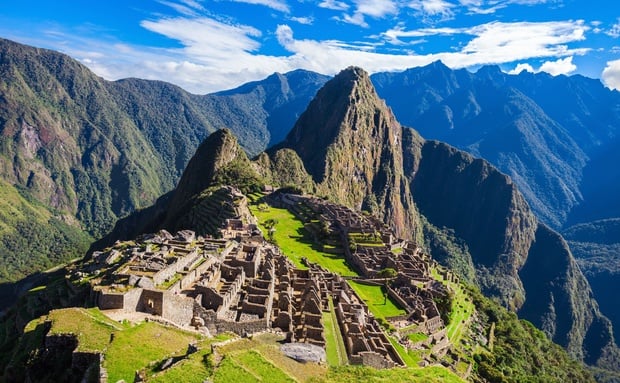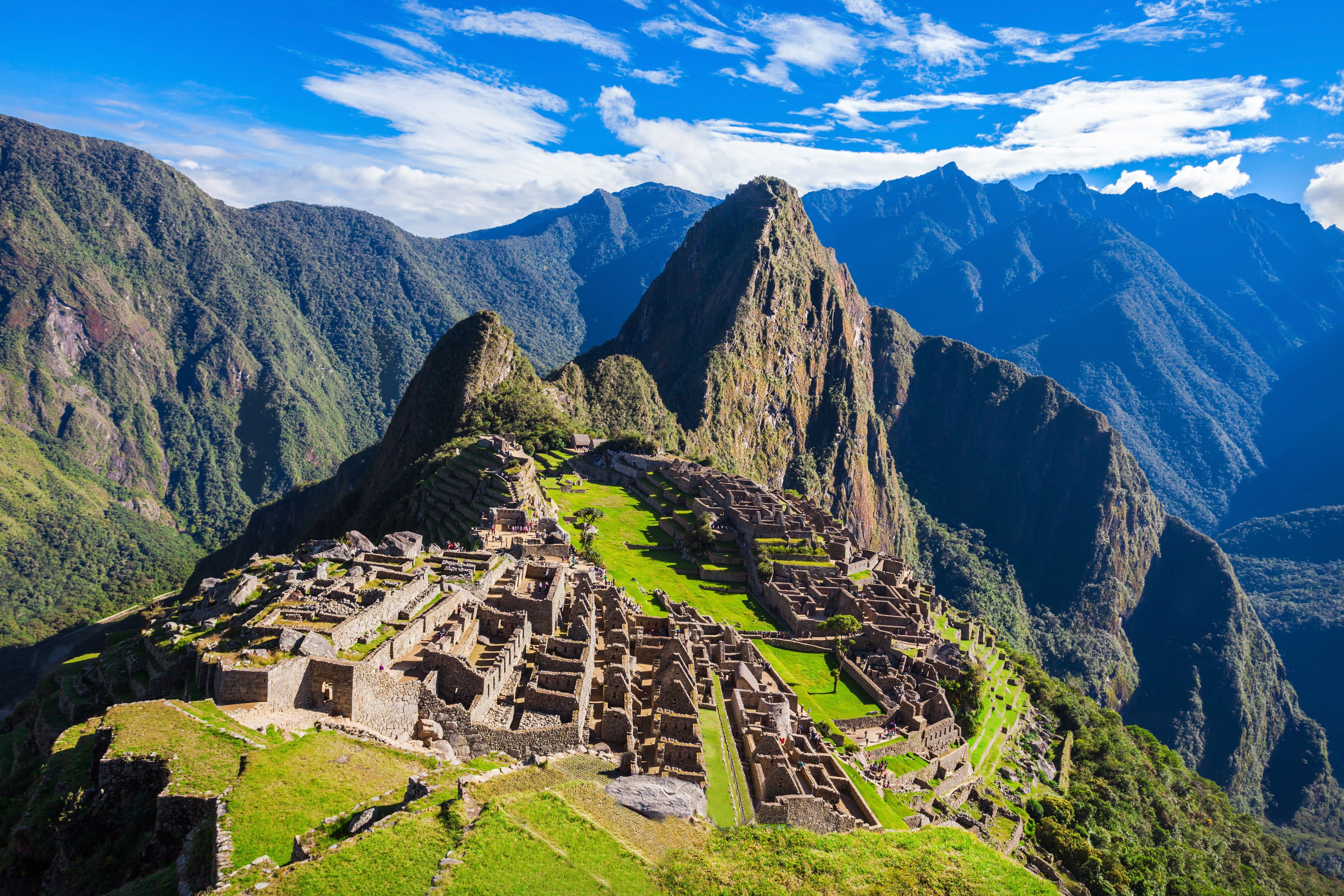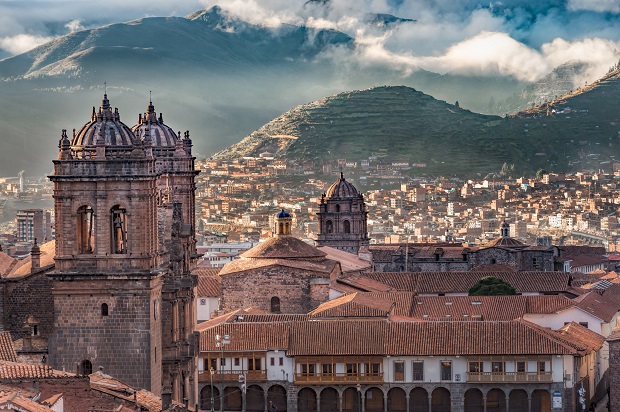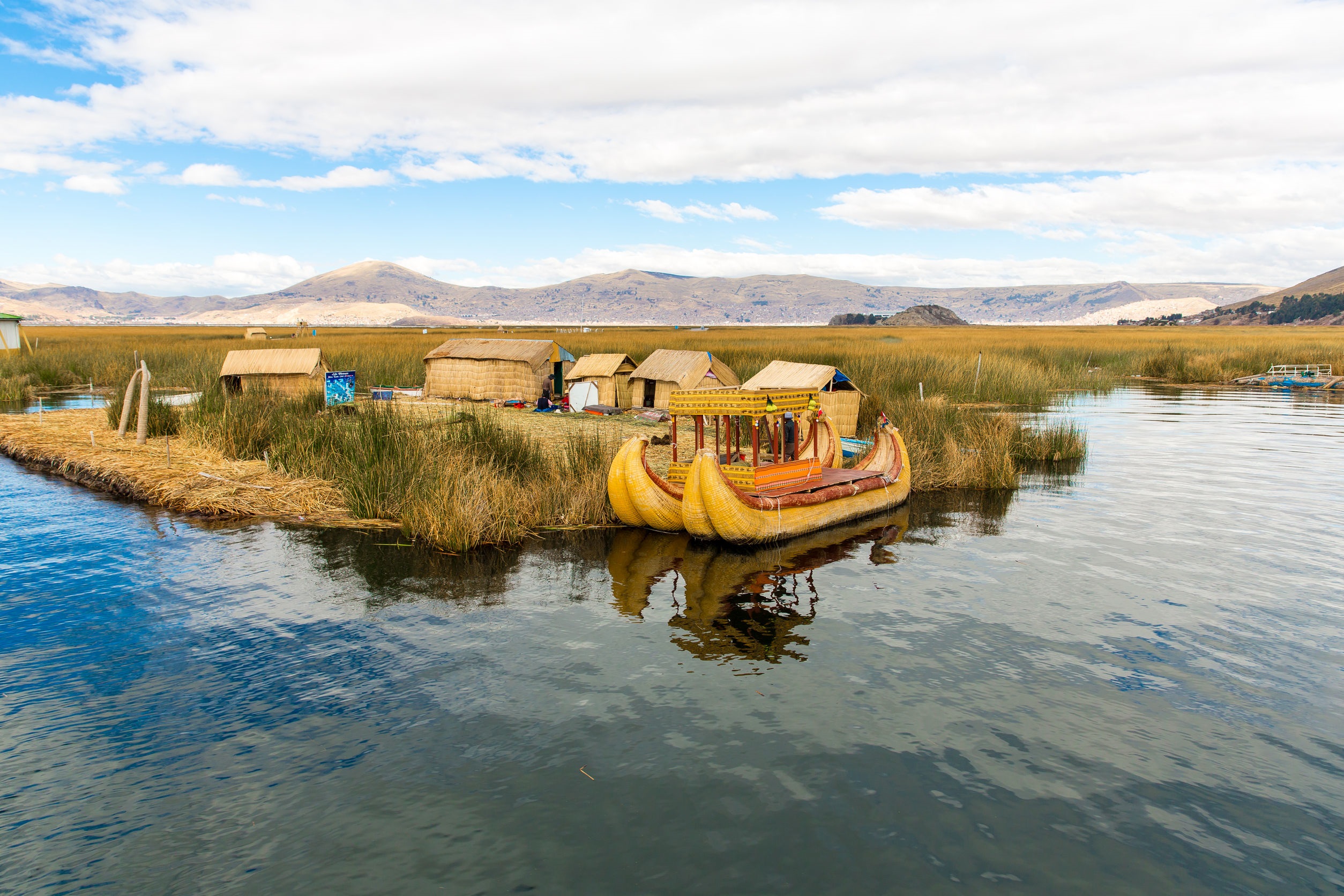Peru, more than the land of the Inkas

By Karien Schoeman
The question I am most often asked is what is my favourite destination of all? The answer would be that it is the latest destination that I have visited, as travel for me is all about living in the moment and experiencing and appreciating the now. I have learned not to compare in any way. Travelling is not just a mere list that has to be ticked off – as the list instead of the experience becomes the goal.
So, for now, Peru is my favourite destination of all.
Peru exceeded every expectation I had. It has an exuberant biodiversity and is the scene of extraordinary culture, colour and cuisine. Indeed, whoever steps on Peruvian soil and journeys across the country, will want to understand present day Peru while looking through the glasses of the past.
Early on in our travels, I learned that we wrongly speak about “The Inkas”. Inka was the title given to the ruler of the Quechua people. He was The Inka, the son of the Sun and had the highest authority. I also learned that according to Quechua spelling rules it is established that words like Inka or Inkan should be spelled with a “k” and not a “c”.
Of the thirteen Inkas that ruled, some like Manqu Qhapaq, Pachakutiq and Atawallpa stand out. Qhapaq (1200 – 1230 AD) was the founder of the Inkan Empire and also of Cusco.Pachakutiq (1438 – 1471 AD), the name means “The World’s Transformer”, is considered the greatest statesman the ancient American world ever delivered. During his rule, Peru had a developing phase unsurpassed until this day. He was also the builder of Machu Picchu, one of the Seven Wonders of the Modern World. Sadly, the thirteenth and last Inka, Atawallpa (1525 – 1532 AD) knew about the arrival of the conquistador, Francisco Pizarro. Excessive confidence in himself and everything Inkan, prevented him from blocking their progression and Pizarro eased his way into Peru. The very first encounter between Pizarro and Atawallpamarked the end to the proud Inkan civilization, not only bringing a new order of rule, but infesting the population with unknown diseases like small pocks, killing thousands.
Peru is much more than just the Inkas and Machu Picchu, although I must admit that I teared up at the sight of Machu Picchu – a master blend of human genius and respect towards nature’s harmonious beauty. Peru is also the land of the Andes, Lake Titicaca and of the Amazon forest. Imagine breathing the purest air on earth or seeing a lake so blue that you have the sensation that you are touching the sky. Imagine gigantic trees which have been witnesses of history or canoeing down a river that flows into the mighty Amazon more than 4,000 kilometres away. Peru is Pacha Mama or Mother Earth – giving in abundance. You will find more than 4,000 species of potato, 1,500 species of sweet potato, 55 species of corn and 1,500 species of butterflies. In fact, Peru is one of the biggest producers of so-called ‘super foods’ growing products like quinoa, kiwicha, chia seeds, avocado and a variety of berries.

From la-di-da city restaurants to quaint small-town eateries, we were treated with products of countless cultural blends gifted with the most diverse flavours and colours you can imagine. I can truly say that Peruvian food and wine are exceptional! Flying over the Nasca Lines was a dream come true. The Nasca Lines was declared a UNESCO World Heritage Site in 1994. Some call it The World’s Largest Astronomical Book. I especially like the legend that these enigmatic images were made by extra-terrestrial giants. Seeing amongst others, the monkey, spider and sacred condor, I still choose not to believe the facts that these giant geoglyphs, some up to 30 kilometres long, were made by an ancient Peruvian culture that lived between 100 and 600 AD. Visiting and staying in the Amazon forest was like a holy experience.
At Puerto Maldonado we boarded a boat and navigated on the Madre de Dios River towards the EcoAmazoniaLodge. At this eco lodge, we did not get the usual muffin or sandwich for snacks, instead there was a bunch of bananas and other forest fruits to take with us in our backpacks. The forest has an ecosystem of its own – replenishing and rejuvenating itself daily. Every day we hiked or rowed to different parts in the forest – in some places the birdsong was so loud, I could not hear what our guide was saying. Learning about the medicinal value of some of the plants, seeing flowers with colours I could never imagine, fungi ranging from intense yellow to fuchsia pink, trees that are so huge, I think they have been standing there since the beginning of time – I can truly say that I am in love with the Amazon forest. We even saw an anaconda and a tarantula…
Our journey to the Sacred Valley, took us through places like Pisac, Chinchero, the Salt Pans of Maras and Moray where Inkan and Colonial influences have reached a perfect balance and created the unique way of life of the local inhabitants. We stayed at an authentic Spanish Hotel that reminded of colonial days gone by.
Cusco, built in the shape of a sleeping puma, is Peru’s historical capital. Colourfully dressed woman leading an alpaca or lama, traditional dancers enticing you to dance along, Peruvian artisan markets with extraordinary fine jewellery, ceramics and textile craftwork, are some of Cusco’s fine products. The pride of all Peruvians in their alpaca, wanaku and vicugna garments is something you will see in all of Peru – alpaca being the best fibre, wanaku even better and vicugna the best of the best fibre on earth. I made sure to buy a handmade Peruvian poncho made from a 100% baby alpaca fibre. I came to love local dishes and drinks like Ceviche, Purple Corn Chicha and Pisco Sours.

On Lake Titicaca, we saw the very peculiar Uros people living on small man-made islands. We voyaged across the lake to the picturesque Taquile Island, a peaceful place where old Quechua traditions live in perfect balance with modernity. What is most interesting about this community is that only the men are allowed to knit the beautiful hand-made articles and garments.

Lima cannot be explained nor described, it is the place where it all comes together, where ancient meets modern – from the Inkas, complete to the changing of the guard at the presidency.
So, why should you go to Peru… or any other destination?
“We travel because we need to. Because distance and difference are the secret tonic to creativity. When we get home, home is still the same, but something in our minds has changed and that changes everything.” - Author unknown




